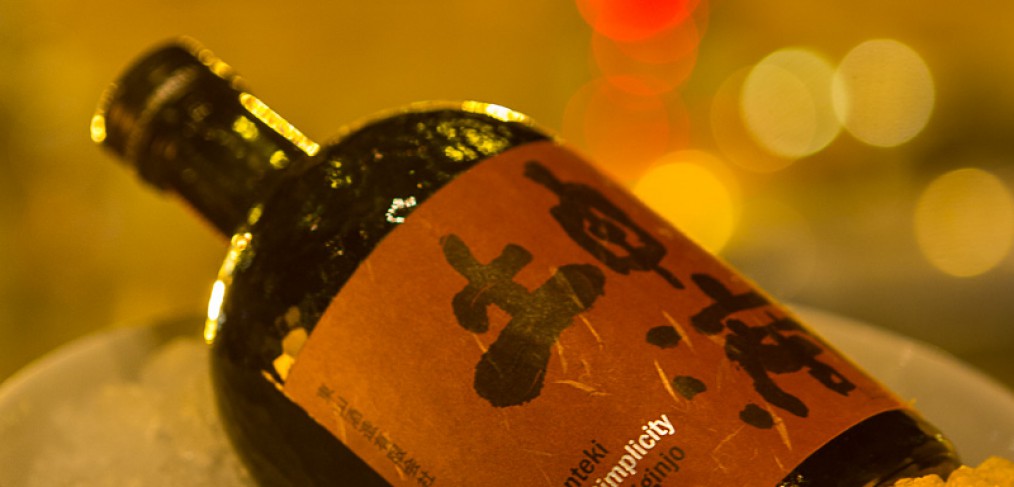
Sake Enthusiasts
Matching food and sake is similar to matching food and wine. Pairing sake and food should also be fun. The object of the pairing is to enhance both the food and the sake. No match is perfect watches, and in the end, it is a matter of what you like. Sake is truly a versatile beverage which suits many of the world’s cuisine regardless of ingredients or the preparation method.
In Japan, food takes a back seat to sake, where small dishes are prepared to enhance the enjoyment of sake, and not the other way around, similar to the Spanish tapas concept. And similar to wine drinking, different sake would be served during the course of the meal, from the delicate Ginjo and Daiginjo with light appetizers, to the fuller bodied Tokubetsu Junmai and Sparkling sake with heavier, fried foods, and Kimoto and Yamahai sake with grilled dishes and gamey flavors, to fully enjoy the flavor combina-tions. Sake can be served chilled, at room temperature or gently warmed. The premium sakes are best served chilled.
SAKE CATEGORY
- HONJOZO is aromatic and light, and tends to go better with simple dishes like salads and starters.
- JUNMAI has a rich, heavy body, is sometimes considered the “red wine” of Sake. It is slightly heavier and has a fuller flavor than the others and has slightly higher acidity content. It can pair with stronger flavors including beef, fried foods and rich sauces.
- GINJO is the premium sake. The taste is layered or complex and it is light-bodied, smooth, clean, refreshing, fruity to dry, with low to moderate acidity. It is comparable to many quality white wines. It should be paired with lighter, milder foods, such as seafood and chicken. Ginjo means that the alcohol was added during the brewing process. If it is labeled Junmai Ginjo, it has no alcohol added.
- DAIGINJO is also the premium sake and it is typically lighter bodied and complex. It should be matched with richer, more complex dishes. Daiginjo means that the alcohol was added during brewing process. If it is labeled Junmai-Daiginjo, it has no alcohol added.
- NIGORI is not filtered and there is much rice sediment in the bottle. Before serving, the bottle is shaken to mix the sediment and turn the sake white or cloudy. Great as aperitif and after dinner cordial; also complements spicy food. Always serve chilled.
SAKE GRADES
The more of the rice grain that is polished away, the more full-bodied and complex the sake will be.
- Honjozo in which the rice is polished in such a way that a minimum of 70% of the grain remains.
- Junmai does not require a minimum percentage; however it is most commonly milled to a minimum 70% as well.
- Ginjo and Junmai-Ginjo rice is milled so that only 60% of the core remains.
- Daiginjo and Junmai Dai-Ginjo is a further refinement, with a minimum of 50% polishing.
RICE, WATER AND YEAST
In the process of making sake, another layer of complexity is added by using varieties of sake rice.
- Each type of sake rice contributes to the flavor of the finished sake. The ”king” of sake rice is Yamada-Nishiki, which provides a full body and very complex sake. It is followed closely by Gohyakumangoku, and many others. Sake rice is very special, and these rice have been chosen for certain qualities.
- The “original” sake rice, discovered in 1859, is Omachi. Omachi is very rare, and very different than most sake rice. It tends to be more spice, earth, and very complex. The aromas of sake are mostly influenced by the type of yeast that is used. There are traditional yeasts, more Umami, mushroom, soy notes, and there are modern yeasts, producing aromatic sake, flowers and fruits. Sake does not express terroir, however it does express regional styles, which are driven by the climate of the region, the minerals and hardness or softness of the water used and the style of the individual Toji – Brew Master.

